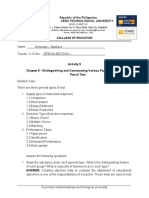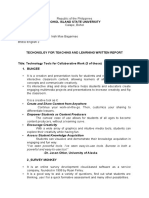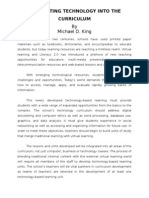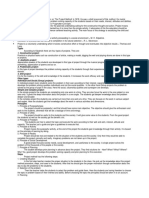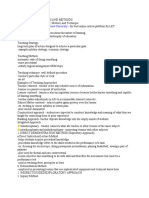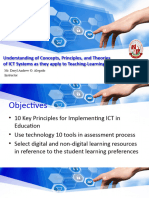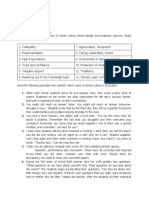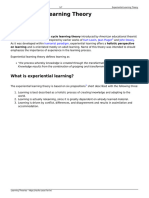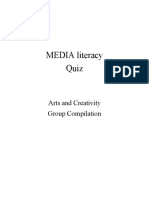0% found this document useful (0 votes)
190 views8 pagesProblem Based and Project Based Learning
Problem-based learning involves learners working collaboratively in small groups to solve open-ended problems focused on specific content standards and their real-world application. Learners develop skills like problem-solving, communication, and research. The process is facilitated by the teacher and follows stages like identifying the problem, gathering information, and refining outcomes. Project-based learning also engages students in collaborative work on authentic tasks to address real-world issues, applying principles of learning by doing and social construction of knowledge. Students take on roles to contribute to solutions that reflect issues in their community.
Uploaded by
Jessie Mae Jauod OlaoCopyright
© © All Rights Reserved
We take content rights seriously. If you suspect this is your content, claim it here.
Available Formats
Download as PPTX, PDF, TXT or read online on Scribd
0% found this document useful (0 votes)
190 views8 pagesProblem Based and Project Based Learning
Problem-based learning involves learners working collaboratively in small groups to solve open-ended problems focused on specific content standards and their real-world application. Learners develop skills like problem-solving, communication, and research. The process is facilitated by the teacher and follows stages like identifying the problem, gathering information, and refining outcomes. Project-based learning also engages students in collaborative work on authentic tasks to address real-world issues, applying principles of learning by doing and social construction of knowledge. Students take on roles to contribute to solutions that reflect issues in their community.
Uploaded by
Jessie Mae Jauod OlaoCopyright
© © All Rights Reserved
We take content rights seriously. If you suspect this is your content, claim it here.
Available Formats
Download as PPTX, PDF, TXT or read online on Scribd
/ 8



